#rebirth of mothra
Explore tagged Tumblr posts
Text


Mothra leoo
#toho kaiju#godzilla#kaiju#art#fanart#digital art#kaiju art#godzilla fanart#mothra#mothra fanart#mothra leo#rebirth of mothra#Desghidorah#king ghidorah#YLKL
676 notes
·
View notes
Text








I'm seriously obsessed with the Chibi Godzilla kiddie ride by Namco.
Here's a video of the ride!
youtube
#godzilla#gojira#chibi godzilla#kiddie ride#mothra#chibi mothra#godzilla ride#mothra leo#mothra larvae#mothra larva#king ghidorah#ghidorah#chibi king ghidorah#godzilla fandom#rebirth of mothra#heisei godzilla#heisei king ghidorah#Youtube#godzilland#90s#kids nostalgia#kid nostalgia#kidcore#kid aesthetic#90s aesthetic#childhood nostalgia
162 notes
·
View notes
Text
On this day July 30, 1961...







Today's marked the the release of a Kaiju movie in Japan. This one is my simp.
Happy 63rd Birthday to my beloved Angel, Goddess of Life and Peace, and Queen of the Monsters: Mothra!
She is my first and one and only favorite Kaiju in every Godzilla movies and I'm superbly a fan of hers since childhood, growing up to something that my life changed into a better person. I like how Toho ended up creating her as a peaceful and glorious kaiju, and even in KOTM (and GxK), wherein it sparked my inner ship between her and Godzilla (the symbiosis is strongest). Still, I am hoping for her own MV solo film and an anime (despite she appears minor and cameo in Godzilla Anime Trilogy and SP).
Grant her a celebration to our Queen!
#godzilla#mothra#mosura#titanus mosura#queen of the monsters#kaiju#toho#legendary pictures#monsterverse#mothra 1961#mothra vs. godzilla#godzilla vs mothra#rebirth of mothra#godzilla tokyo sos#gmk#godzilla final wars#godzilla king of the monsters#godzilla x kong: the new empire#gxk#godzilla kotm#godzilla anime trilogy#godzilla singular point#HAPPY 63RD BIRTHDAY MOTHRA!!!
117 notes
·
View notes
Text


Happy New Year!!!
Looking forward to posting more in 2024. These were from June 2023, but there is no wrong time for Pride and kaiju. Enjoy this Shin Godzilla and Mothra Leo!
Also, finally saw Minus One, loved it.
#megamoth art#megamoth#fan art#illustration#KaiJune#pride moth#lgbtqia#godzilla#Mothra#shin Godzilla#mothra leo#rebirth of mothra#dark side of the moon#gojira#shin gojira
224 notes
·
View notes
Photo
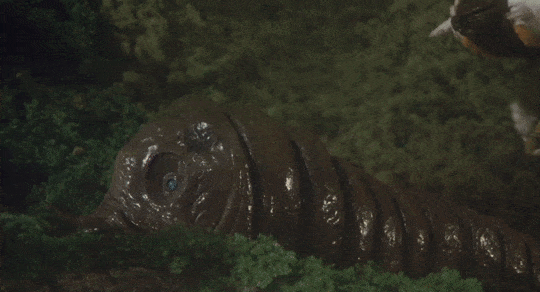
HAPPY MOTHR'S DAY
794 notes
·
View notes
Text
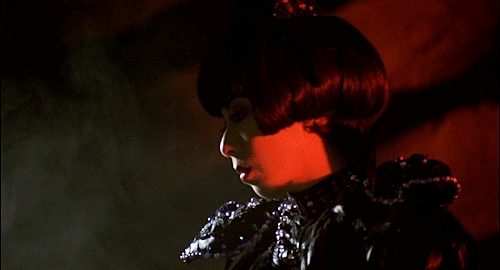
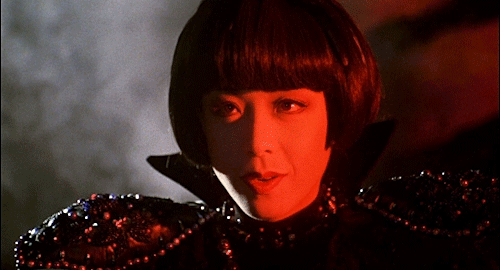
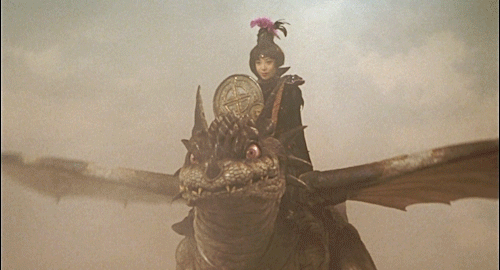

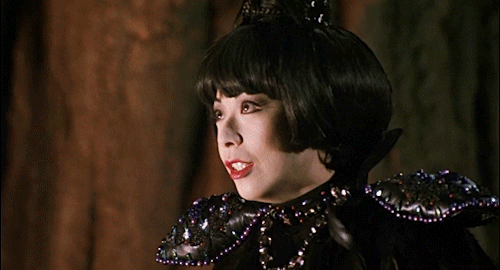




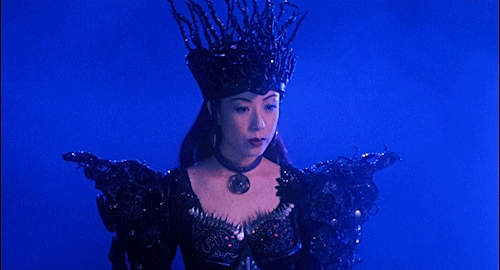
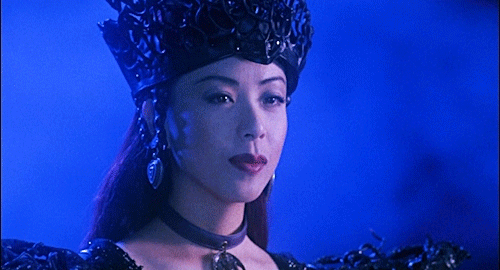

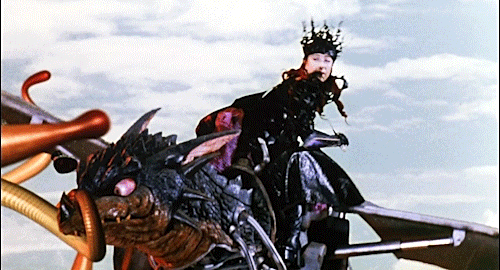

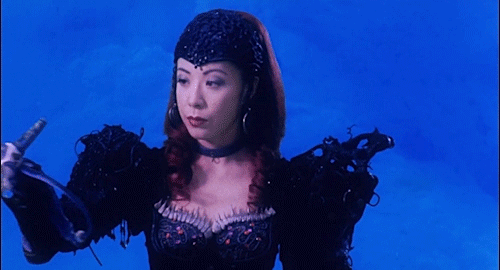
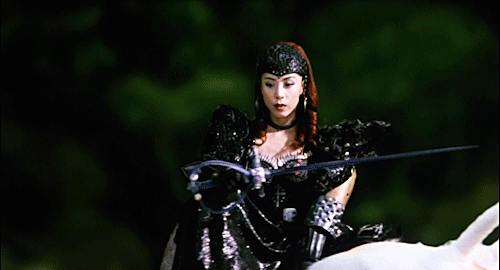
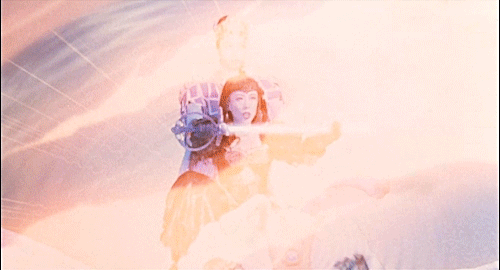

Belvera ベルベラ (Aki Hano)
Her character designs are stunning (dig her crown in part three), so here is a gifset of Belvera who had style for days.
#Belvera#Aki Hano#ベルベラ#Mothra Trilogy#Rebirth of Mothra#Mothra#Godzilla#Grand King Ghidroah#Dagahra#Desghidorah#fairy#kaiju#magical#gif#gifset#toho#tokusatsu#goth#羽野晶紀#モスラ
388 notes
·
View notes
Text

Rebirth of Mothra Album cover by Florian Bertmer
226 notes
·
View notes
Text
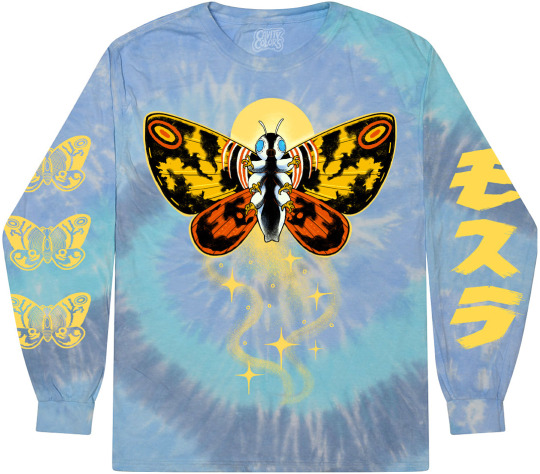
Cavity Colors has released a Mothra design by Dominique Ramsey on T-shirts ($30), tie-dye long sleeves ($40), and zip-up hoodies ($50). They'll ship the week of February 5.
#mothra#mosura#godzilla#kaiju#daikaiju#toho#toho studios#cavity colors#Dominique Ramsey#shirt#gift#mothra vs. godzilla#godzilla vs mothra#destroy all monsters#rebirth of mothra
89 notes
·
View notes
Text
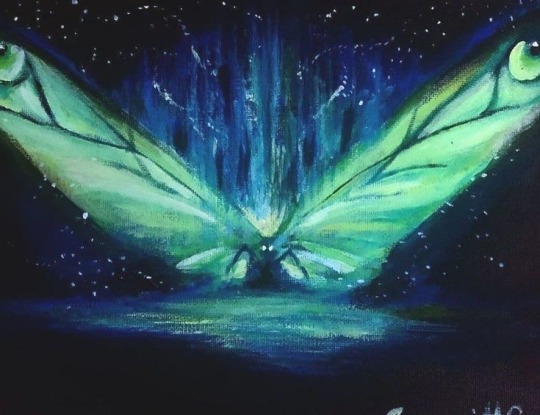
Mothra is so beautiful. 💗
(Credits to the person who made the art.)
86 notes
·
View notes
Text
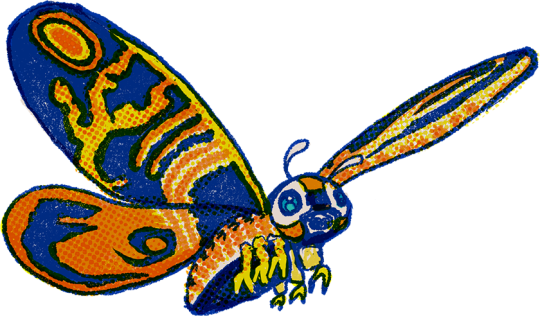

✨Mothra and Mothra Leo✨
for comparison!
129 notes
·
View notes
Text
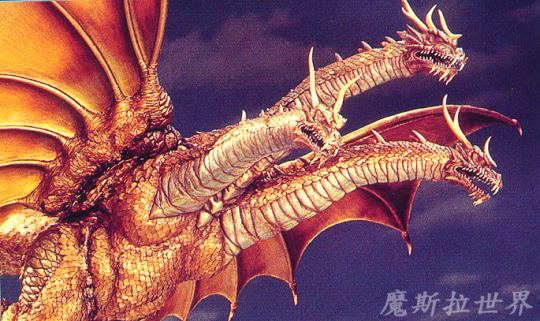
34 notes
·
View notes
Text
Recently learned that Rodan was initially supposed to be Mothra Leo's antagonist in Rebirth of Mothra 3, but Toho wanted King Ghidorah because he was "popular" and Rodan wasn't.
Toho does not seem to understand the nature of cause and effect. Because, of course, none of their other monsters are going to be "popular" when you keep rejecting them in favor of fucking Ghidorah!

Dumbasses.
#greatrunners meta#toho#tokusatsu#rebirth of mothra#mothra#rodan#king ghidorah#son of mothra#godzilla
9 notes
·
View notes
Text
Here, have some of the fictional women under the Godzilla franchise!
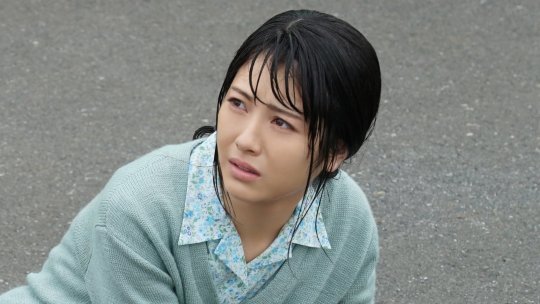

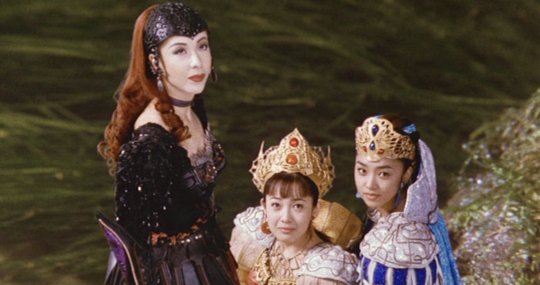



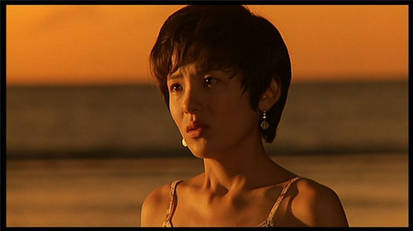

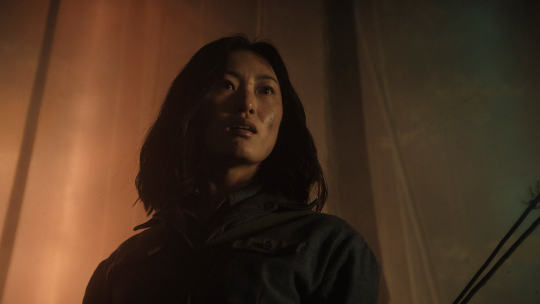
Happy International Women's Day everybody!
And a bonus:
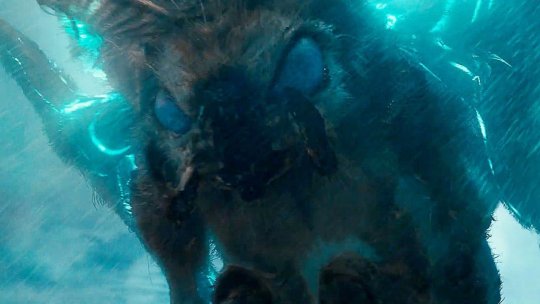
#godzilla#toho#monsterverse#monarch legacy of monsters#rebirth of mothra#shin godzilla#godzilla kotm#cate randa#noriko oishi#miki saegusa#madison russell#keiko miura#the peanuts#kayoco anne patterson#shobijin#mothra#moll#lora#belvera#the elias#kaiju#daikaiju#I have a knack of women in MonsterVerse and a little for the Reiwa#half from the Toho#I included Mothra here cuz why not? She's a strong Queen and is my muse#deserve more love for the elias sisters please#godzilla minus one
145 notes
·
View notes
Text
Here's why Rebirth of Mothra is my favorite kaiju movie
I just finished the movie and I loved it! As someone that's a horror fan I really like the serious Godzilla movies but Mothra is my favorite kaiju. I was kind of worried because of the human characters but I really like them in this movie. I love Fairy so much I just want to give them a hug!

Is this how people felt when Bambi's mom died because I felt so sad during the scene.

I will definitely watch the other two movies tomorrow when I free time.
23 notes
·
View notes
Text
Rainbow Mothra with an Uzi

Just wanted to share
20 notes
·
View notes
Text

Mothra Leo 🦋
#godzilla#rebirth of mothra#Mothra Leo#digital drawing#godzilla fanart#Heisei Mothra#heisei godzilla#artwork#drawing#moth art#kaiju#daikaiju#Kaiju Art#mosura#mothra
158 notes
·
View notes